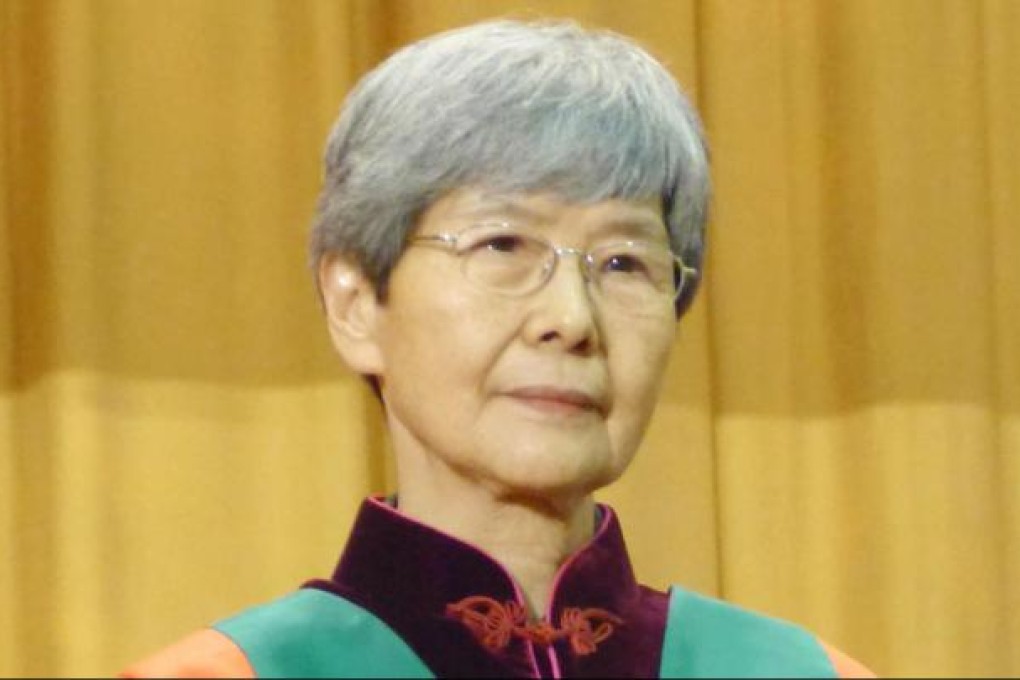History of ancient Dunhuang bears a lesson for Hong Kong
The city, considered a gateway to China centuries ago, declined after losing its edge

Among the six recipients of honorary degrees conferred by the University of Hong Kong last month was Professor Fan Jinshi, director of the Dunhuang Academy in Gansu province, northwest China.
Fan spent half a century in Dunhuang studying and preserving the city's art and manuscripts after she graduated from the Peking University's archaeology department in 1963.
The city is home to the Mogao Grottoes: more than 700 caves full of paintings and Buddhist sculpture spanning a millennium. It is the world's largest on-site art gallery and a Unesco world heritage site.
Dunhuang is situated in the Gobi Desert, known for its harsh climate and living conditions.
For years, Fan lived in a small cave home, with all her furniture made from mud, including her bed, desk and bookcase.
But despite the hardship, she excelled in her research on Dunhuang art, winning global recognition for her outstanding publications as the city gradually gained its name as an icon of Chinese art and culture.